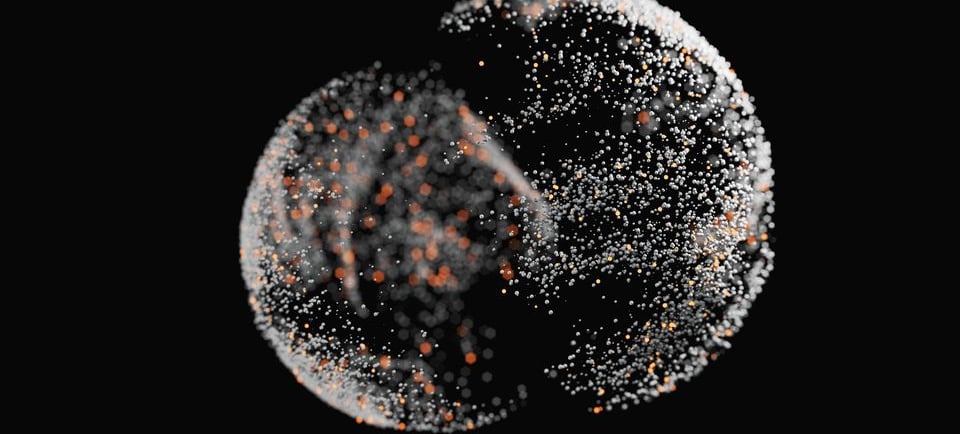Scaling the Size of DNA with the Universe


The Astonishing Number of Cells
The human body is an intricate machine powered by an astonishing number of cells. It is estimated that we harbor approximately 37 trillion cells within our system. This staggering quantity is essential for maintaining the various functions that sustain life, from the basic cellular processes to complex organ functions. Each cell operates as an individual unit but works harmoniously with others, ensuring the overall health and functionality of the human body.
DNA: The Blueprint of Life
Within these millions of cells lies our DNA, the very blueprint of life itself. The human genome comprises around 37 billion kilometers of DNA—an incredible length that could bridge the distance from the Sun to Neptune and rotate back four times. This remarkable figure illustrates not only the vastness of our genetic information but also the complexity of biological instructions coded in our DNA. Each strand plays a critical role in various processes, determining everything from physical traits to susceptibility to diseases. The intricate nature of our DNA is a testament to the marvels of evolution and the potential of genetic science.
Interconnectedness of Cells and DNA
The relationship between our cells and DNA is fundamental to understanding human biology. Every one of our 37 trillion cells contains the same genetic material, yet different cells express different genes based on their required functions. For example, skin cells, nerve cells, and blood cells all utilize the same genetic code, but they exhibit unique characteristics and functionalities tailored to their roles in the body. This selective gene expression is a complex process influenced by numerous factors, including environmental stimuli and internal signals.
Moreover, the sheer volume of DNA present within our cells opens up vast possibilities for genetic research and medical advancements. Scientists continuously work to unlock the mysteries of our genetic makeup to discover potential treatments for various ailments and genetic disorders. The encodable information within each cell's DNA is still being unraveled, making the field of genetics one of the most dynamic areas of study in modern science.
In conclusion, the human body stands as a testament to biological complexity and intricacy. With 37 trillion cells and an astonishing 37 billion kilometers of DNA, our bodies exemplify the pinnacle of natural engineering. As we continue to explore this vast landscape of human biology, we not only celebrate the marvels of what we are made of but also look forward to the advancements that this understanding may yield in the future. The journey through our cells and DNA is a captivating exploration into the essence of life itself.
